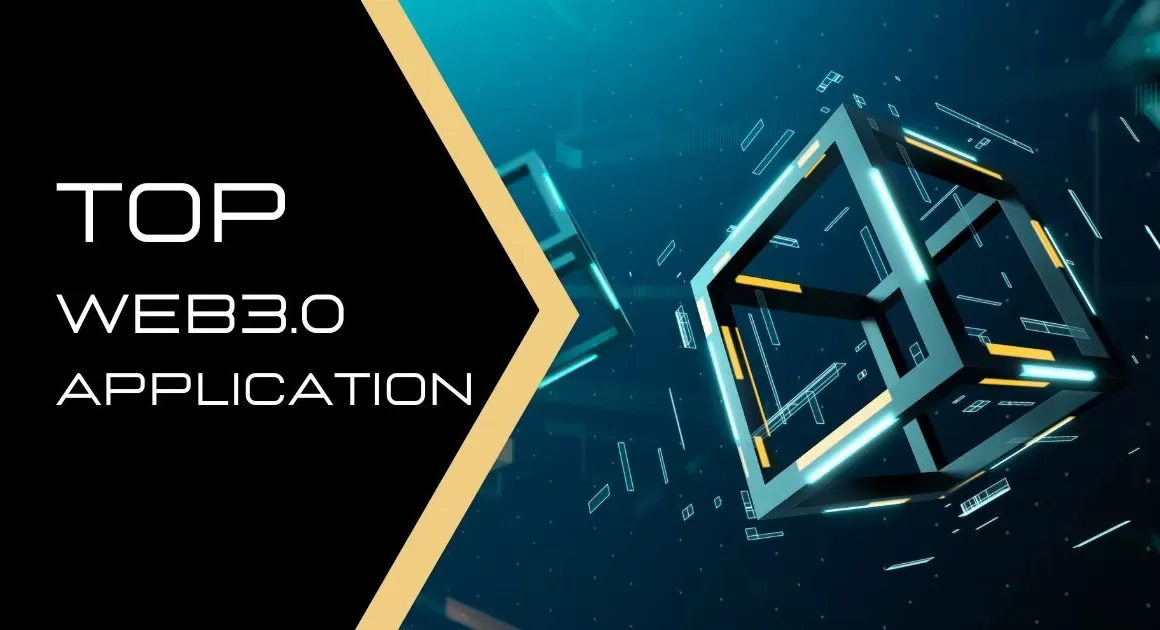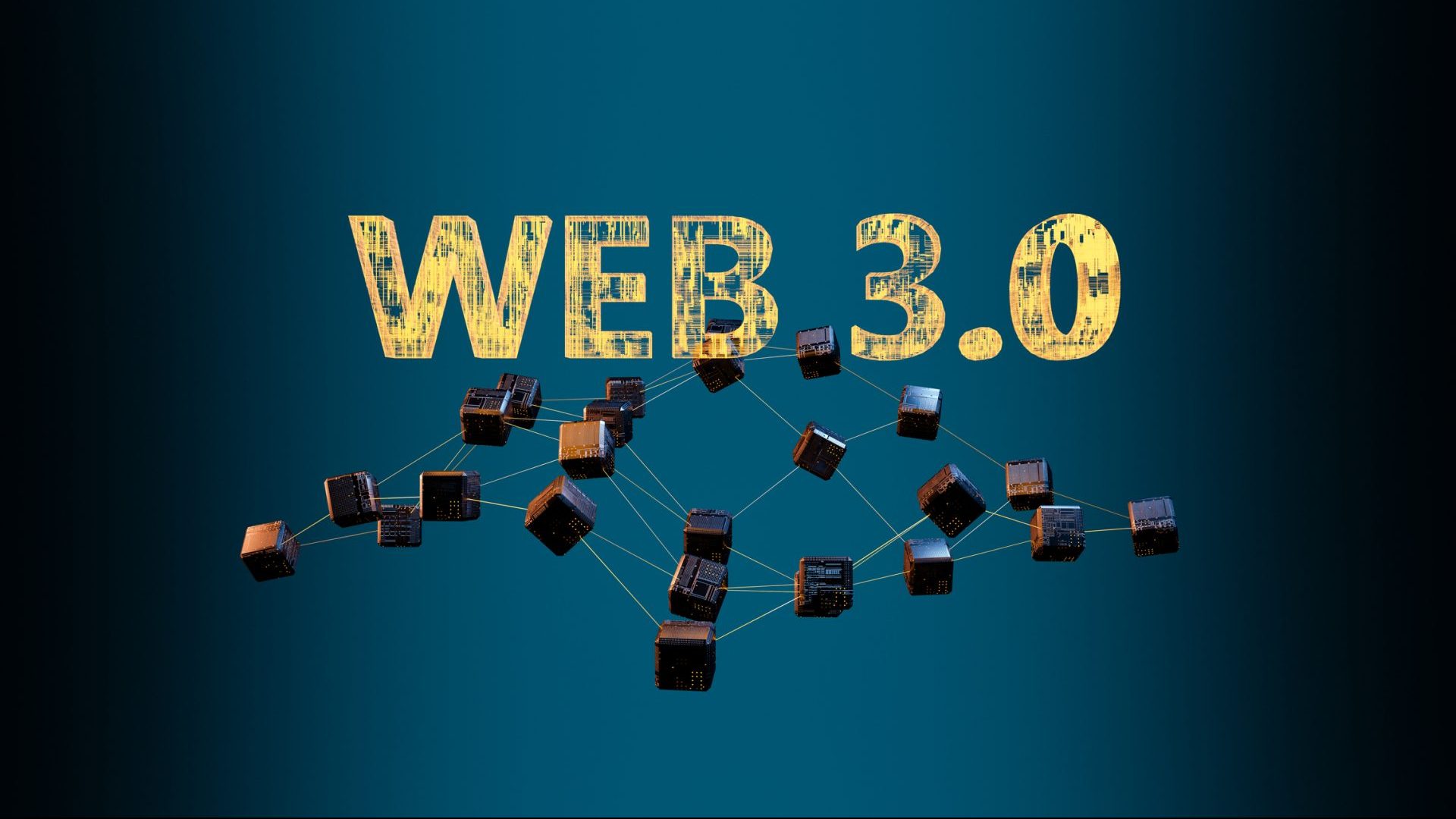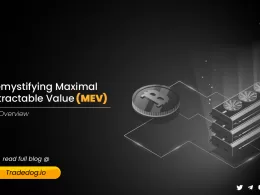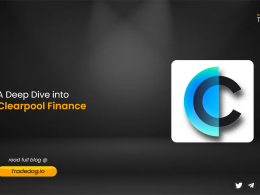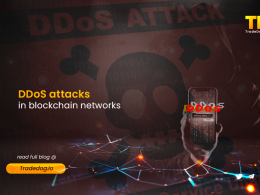Quick Links
The use cases and applications of the Internet have witnessed significant shifts and transformations. Such transformation led to a categorization of what we today know as Web 1.0, Web 2.0, and Web 3.0.
Overview and History of the Web Era
Web 3.0 is considered to be a transformational shift in the way of using the internet. If we look back at the history of internet, it all started with basic web pages, which we also refer to as the read-only era from 1990 to 2000.
During the era, a significant gap in terms of user interaction and content was identified, which introduced Web 2.0. The primary focus for Web 2.0 was to transform static web pages into interactable and self-generating content on websites, eventually bringing social media to life. This era led to the formation of highly interactable and user-generated content platforms like Facebook, WhatsApp, Twitter, Spotify, and many others. These apps target a particular niche which could be a form of user-generated content and interaction. For example, the niche Twitter is to have micro-blogging content on its platform while Spotify focuses on generating audio content through its vast ecosystem of music artists.
The shortcoming of Web 2.0 is centralization. These platforms hold a significant amount of user information which eventually led to the formation of data monetization as a potential revenue stream which had its disadvantages and exploits. Cambridge Analytica is the prime example. Therefore, the need for a decentralized economy in which the controlling power does not remain in the hands of a few was realized. This led to the introduction of Web 3.0 which provides the control in hands of users in terms of how their data is stored and used on a given platform, removing intermediaries.
What’s Web 3.0 All About?
Web 3.0 incorporates prominent technologies including artificial intelligence, machine learning, and blockchain technology in order to create a new version of the internet and related use cases. Through these technologies, this era aims to create a better transparency model between the service provider and user, AI-generated tools and algorithms, and self-improving applications through machine learning,
Although the first application under Web 3.0 dates back to 2008 when Satoshi Nakamoto released the Bitcoin whitepaper and introduced the world to the first scalable P2P electronic cash system, the use cases and applications just started to kick off in 2020 (Introduction of DeFi). Later on, it was followed by the rise of Non-Fungible Tokens (NFTs), GameFi, and the metaverse.
However, they are some applications and use cases that have made their way to the top of Web 3.0 offerings. In this blog, we are highlighting some of the top projects providing impactful offerings in the Web 3.0 industry:
Chainlink (LINK)
Chainlink acts as a middleware between decentralized applications and external systems like banks, stock markets, and other blockchain networks. It is like a translator for smart contracts which makes sure that the information stored on the blockchain can be used in the real world.
For ease of understanding, imagine you have a really big piggy bank. Inside that piggy bank, you have lots and lots of money saved up from all the chores you have done and the allowance you have been given. Now, let’s say you want to buy a toy, but the toy store is in a different part of the city and they don’t take the same kind of money that’s in your piggy bank.
That’s where Chainlink comes in. It is like a special helper that can take the money out of your piggy bank and change it into the right kind of money so you can buy the toy you want. It makes sure that the different types of money can talk to each other and be used together, so you can buy the toy without any problems.
Theta Network (THETA)
Theta Network is a blockchain network built with the sole purpose of video streaming. Think of it like YouTube or Netflix, but instead of a company being in charge, it’s run by a network of computers all over the world. This means that Theta Network is a new way to watch videos online that is faster and more efficient as it is powered by a decentralized network of users, instead of relying on a single company’s servers.
The way it works is, when you watch a video on Theta Network, you are also helping to share that video with other people who are watching it. As a reward for helping to share the videos, users who watch videos on Theta Network can earn their native tokens called Theta tokens. These tokens can be used to buy things like special access to videos or other perks of the platform
Basic Attention Token (BAT)
Brave is a blockchain-based digital advertising platform designed to reward users for their attention while providing advertisers with a better return on their ad spend. Basic Software Inc. is the company behind the development of Brave Browser, a free and open-source web browser. The browser provides an innovative way to protect one’s privacy while browsing the web. By blocking online advertisements and website trackers in their default settings, users of the browser don’t have to worry about their data being collected as they browse.
Basic Attention Token (BAT) is a cryptocurrency designed to be used as a medium of exchange on the Brave browser. The browser uses BAT tokens to measure and reward the attention of users, content creators, and advertisers on the platform.
As of November 2022, Brave browser had a total number of 56.93 million monthly active users on its platform. The daily active users accounted for 20.12 million.
Filecoin (FIL)
Filecoin is a decentralized storage system through which developers have the opportunity to create cloud file storage services like iCloud or Dropbox. The way it works is, people can rent out their extra computer space to the Filecoin network, and then other people can use that particular space to store their files.
This leads to more security and privacy as instead of one big company having all the storage space, it’s spread out among lots of different people. To use the filecoin network, one has to pay in Filecoin token (FIL), which is the native token of the platform. These tokens can be used to rent out storage space on the network, and also as payment for the people who are renting out their storage space.
Internet Computer (ICP)
Internet Computer is the world’s first “World Computer” that allows developers to build and run their applications directly on the internet, instead of on a single computer or a group of computers in a single location.
It is a decentralized network of computers all over the world that work together to make the internet more faster and secure. The Internet Computer creates a new layer on top of the existing internet, which allows developers to build and run their software without having to worry about things like servers, storage, and security. This new way of creating and running software is called “serverless computing”.
Way Forward for Web 3.0 Applications
Considering the above-mentioned use cases and applications in Web 3.0, one thing that can be assured is the increased use of blockchain technology. This will eventually enable the creation of decentralized networks that are more secure and transparent than existing centralized systems. Another important aspect will be decentralized storage which allows users to store their data in a way that is more secure and private than traditional centralized storage systems. Overall, the future of web 3.0 is expected to be more open, decentralized, and secure on the internet which will enable new ways for people to interact with each other and their data online.





